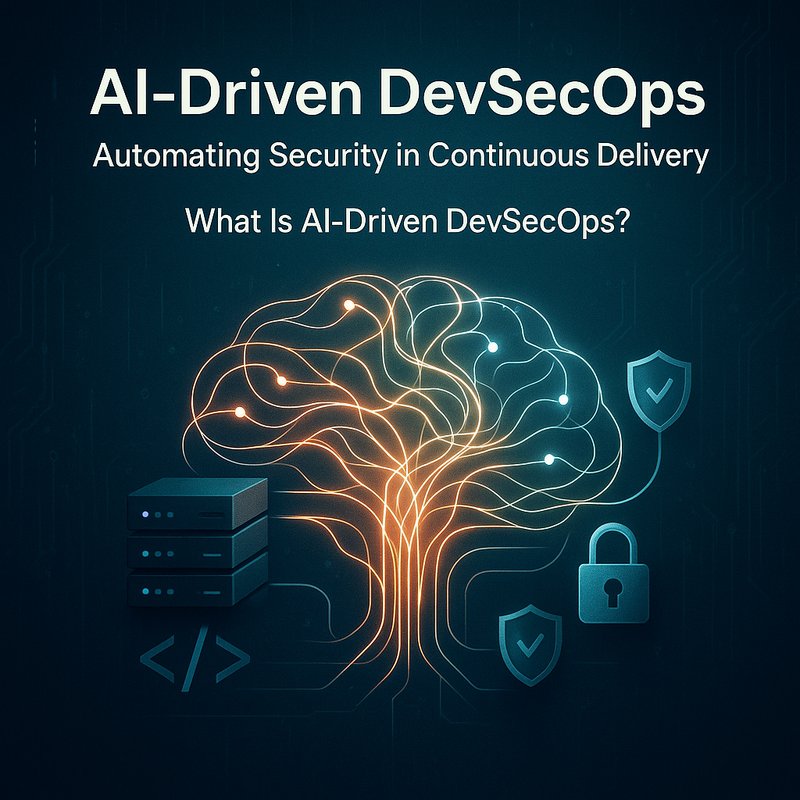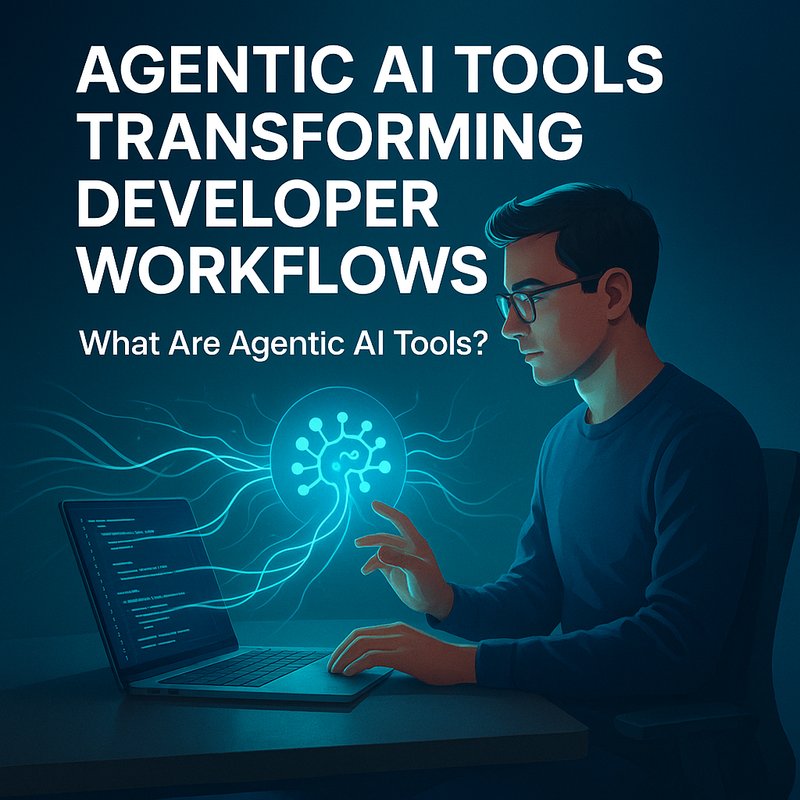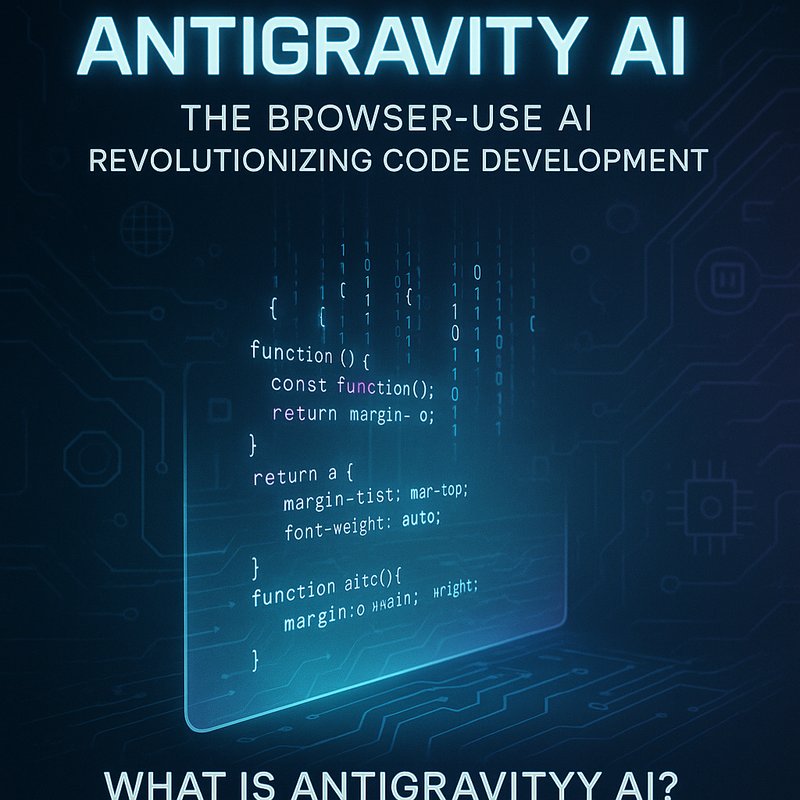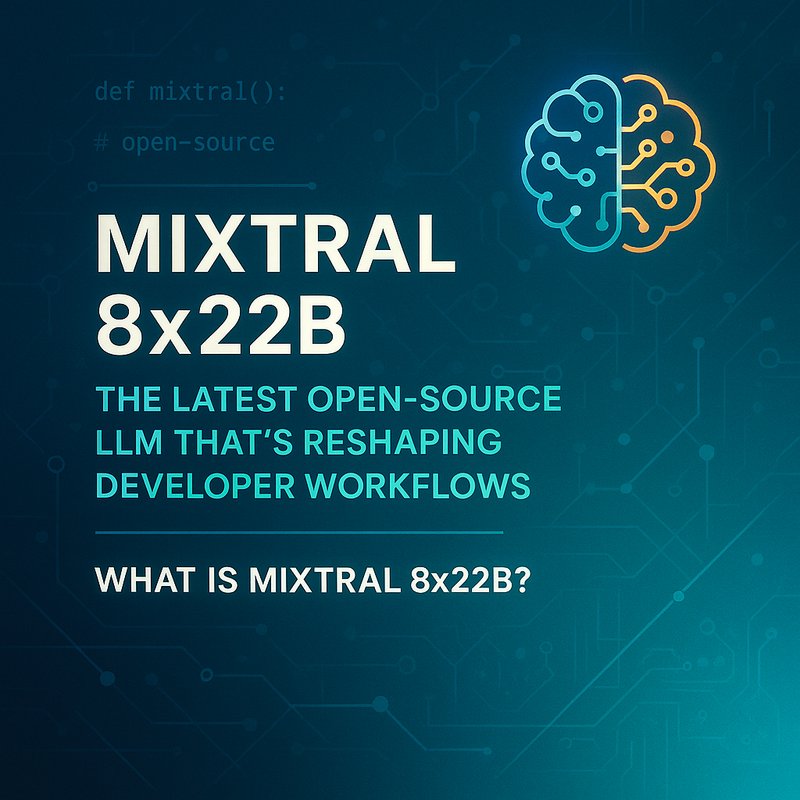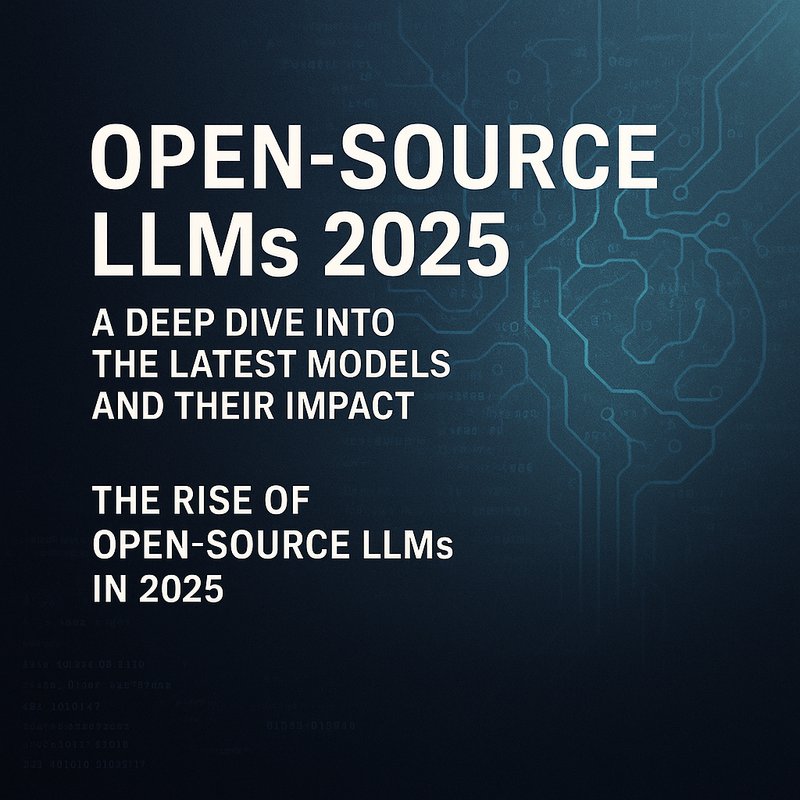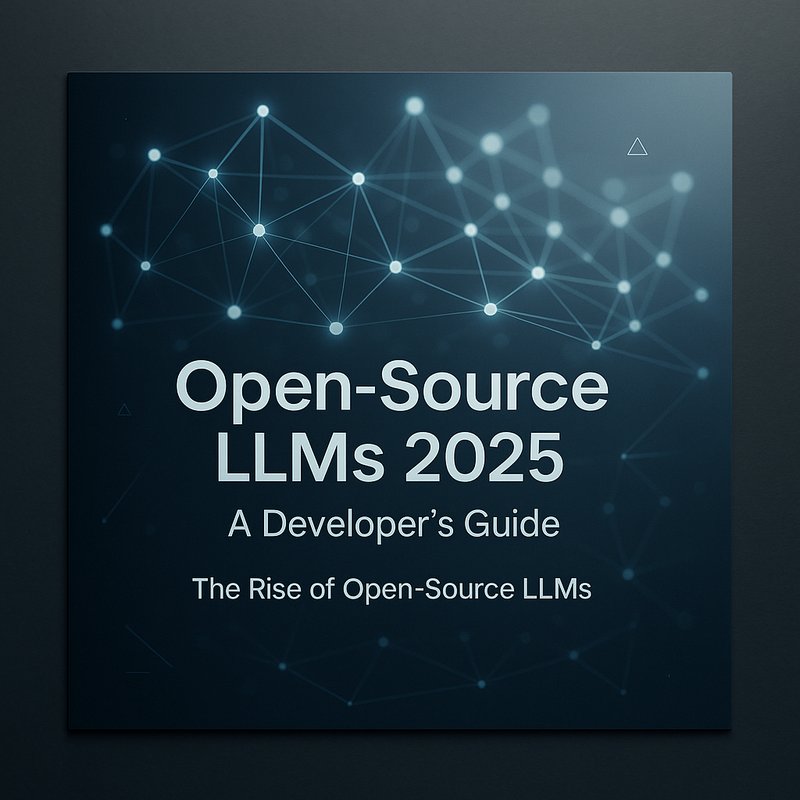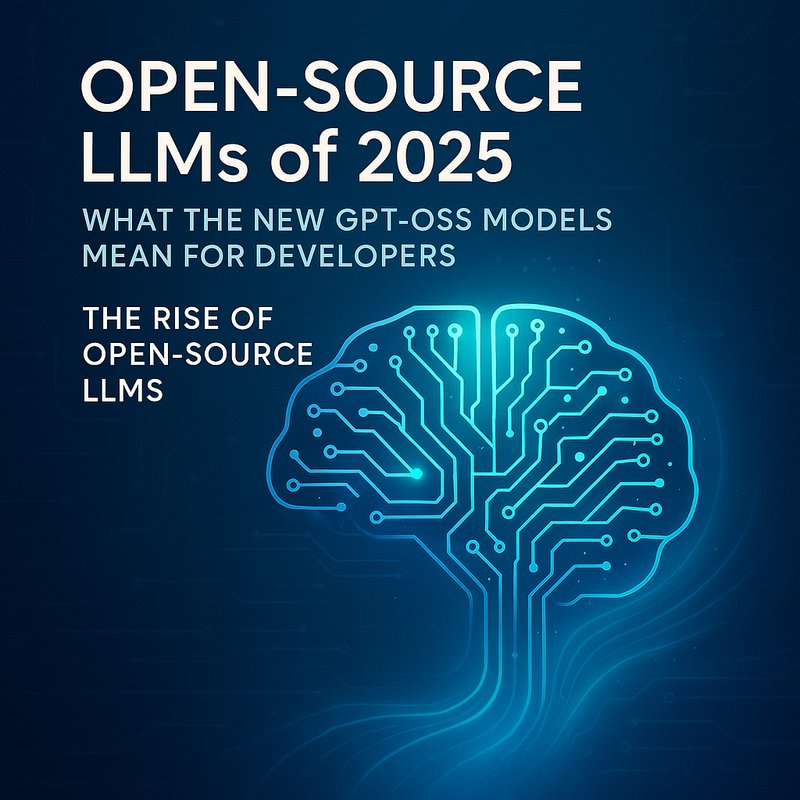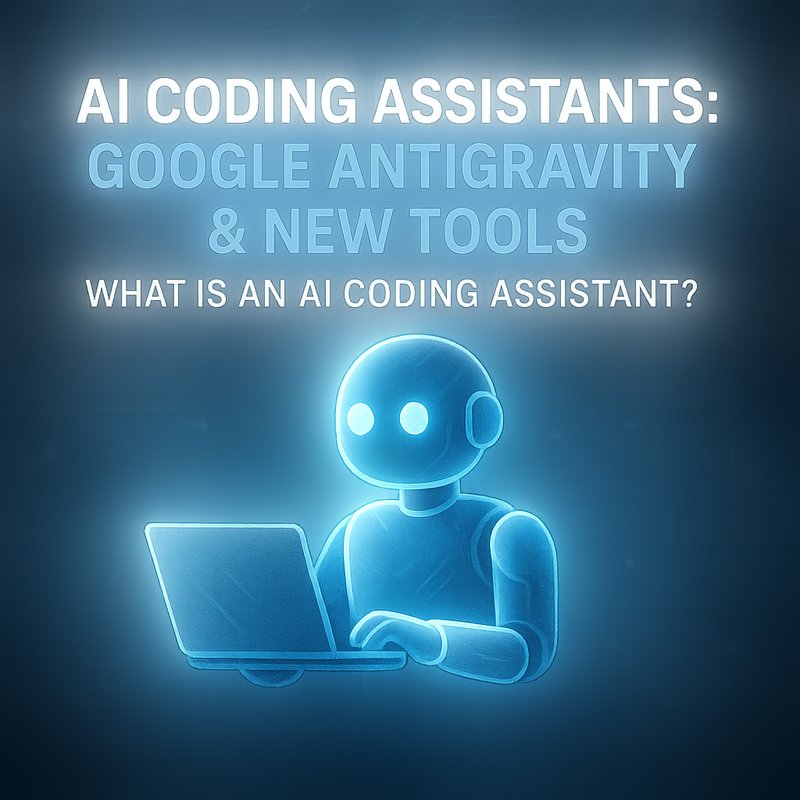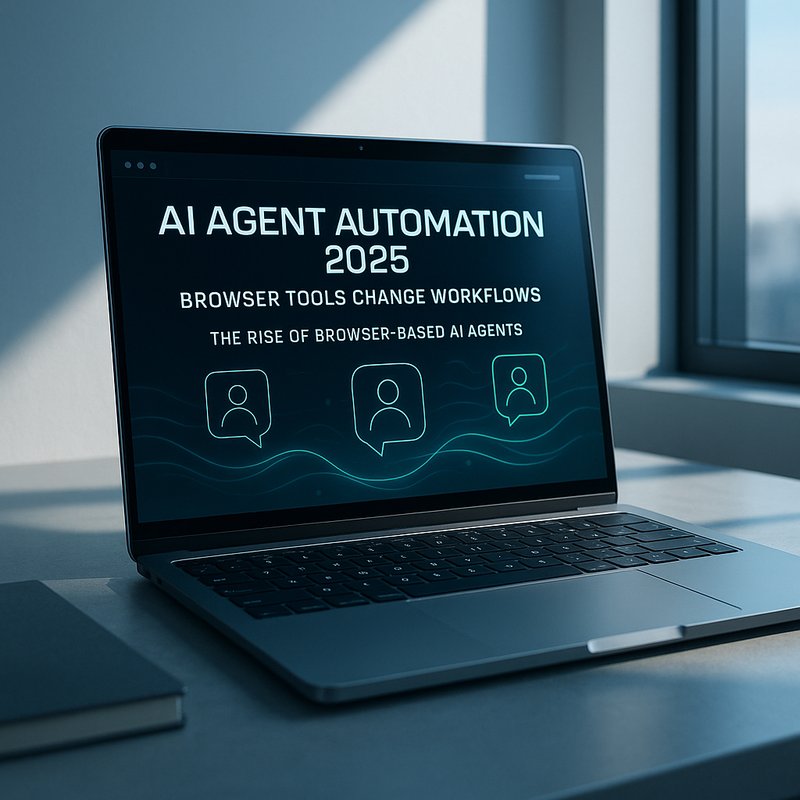When software moves fast, keeping it safe can feel like a race. Traditional security checks that sit at the end of a build cycle often miss threats that emerge during deployment. AI‑Driven DevSecOps brings machine‑learning and automation into the core of the development pipeline, turning security from a bottleneck into a continuous safeguard.
In this guide we explain what AI‑Driven DevSecOps is, why it matters, how to set it up, and how it helps teams ship faster without compromising safety.
What Is AI‑Driven DevSecOps?
AI‑Driven DevSecOps is the practice of embedding artificial‑intelligence tools into every stage of the software delivery cycle— from code commit to production run. Instead of manual scans and static analysis, AI models learn normal code patterns, network traffic, and user behavior. They flag anomalies early and automatically enforce policies, ensuring that every change meets security standards before it reaches end users.
Key parts of this approach:
- Continuous Threat Modeling – AI predicts how a new feature could open attack surfaces.
- Runtime Security Analysis – Models monitor running containers, detecting suspicious behavior in real time.
- Policy‑as‑Code – AI writes or suggests policy rules that are stored in version control.
- Compliance Auditing – Automatic reports show that the codebase satisfies regulations such as GDPR, PCI‑DSS, or SOC‑2.
Why AI‑Driven DevSecOps Matters
Every month, the average software project adds new code that may introduce unseen vulnerabilities. Security teams traditionally spend hours reviewing changes, setting up new firewall rules, and checking compliance. When the pipeline is slow, a team may delay a release to finish checks, hurting business momentum.
With AI‑Driven DevSecOps:
- Speed – Models flag risky patterns in seconds, allowing developers to fix them immediately.
- Accuracy – AI learns from millions of past incidents, reducing false alarms compared to rule‑based scanners.
- Consistency – The same policy is applied to every commit, every environment, eliminating human error.
- Visibility – Dashboards provide a single view of the security health of your entire delivery pipeline.
Core Components of an AI‑Driven DevSecOps Pipeline
| Component | What It Does | Example Tool |
|---|---|---|
| AI Threat Modeller | Learns code patterns that correlate with exploits. | Neura Keyguard’s AI module for static code analysis |
| Runtime Behaviour Monitor | Detects abnormal API calls, privilege escalations, or data exfiltration in containers. | Neura ACE integrated with Kubernetes audit logs |
| Policy‑as‑Code Engine | Generates IAM and network policies automatically from AI insights. | Neura ACE policy generator |
| Compliance Reporter | Auto‑produces audit trails and compliance checklists. | Neura ACE compliance module |
| Incident Automation Hub | Triggers SOAR playbooks when AI detects an anomaly. | Cortex XSOAR integration |
These elements form a closed loop: code enters the CI pipeline, AI scans, policies are applied, and if an issue arises, an automated playbook responds—all without human delay.
Building a Sample Workflow
Below is a step‑by‑step guide to implement a simple AI‑Driven DevSecOps flow using open‑source tools and Neura AI services.
1️⃣ Set Up the CI/CD Pipeline
- Choose a platform (GitHub Actions, GitLab CI, or Jenkins).
- Add a build step that compiles your code.
- After build, trigger a security scan.
# Example GitHub Actions snippet
jobs:
build-and-test:
runs-on: ubuntu-latest
steps:
- uses: actions/checkout@v3
- name: Build
run: mvn clean package
- name: Static Scan
uses: neura/keyguard-action@v1
with:
apiKey: ${{ secrets.KEYGUARD_API_KEY }}
2️⃣ Integrate AI Threat Modeling
The static scan step runs Neura Keyguard, which uses a trained model to flag code that might lead to SQL injection, cross‑site scripting, or hard‑coded secrets. The scan output is stored in a JSON report and passed to the next stage.
3️⃣ Apply Policy‑as‑Code
After a successful scan, the pipeline calls Neura ACE to generate policy files. These policies are versioned in the same repo as your code.

- name: Generate Policies
uses: neura/ace-action@v2
with:
input: keyguard-report.json
output: policies/
The generated files might include:
iam-policy.yaml– restricts the minimal permissions for each service.network-policy.yaml– defines allowed ingress/egress traffic.
These YAML files are applied to the target environment using kubectl apply or cloud‑provider CLI commands.
4️⃣ Deploy to Staging and Enable Runtime Monitoring
Deploy the container to a staging cluster. Attach the runtime monitor (Neura ACE + Kubernetes audit logs). The monitor watches for unusual patterns such as a sudden spike in outbound traffic or elevated privilege usage.
If the monitor flags an issue, it sends a message to the Incident Automation Hub (e.g., Cortex XSOAR). The playbook can automatically roll back the deployment or block the offending pod.
5️⃣ Run Automated Compliance Checks
At the end of the pipeline, Neura ACE runs compliance checks. It cross‑references your policies against industry standards and outputs a compliance report. Store this report in a shared artifact for auditors.
- name: Compliance Report
uses: neura/ace-compliance@v1
with:
policies: policies/
output: compliance-report.json
Tool Landscape for AI‑Driven DevSecOps
| Tool | Category | Why It Fits |
|---|---|---|
| Neura Keyguard | Static Security Scanning | Detects secrets, vulnerable code, and configuration issues via AI. |
| Neura ACE | Policy and Compliance Engine | Generates IAM, network, and compliance policies automatically. |
| Cortex XSOAR | SOAR Automation | Orchestrates incident response based on AI alerts. |
| GitHub Actions | CI/CD Platform | Integrates with Neura tools through reusable actions. |
| Kubernetes | Container Orchestration | Supports runtime policy enforcement and audit logging. |
These tools can be mixed with other cloud native solutions (AWS GuardDuty, Azure Defender) to create a comprehensive defense.
Real‑World Success: FineryMarkets
FineryMarkets, a fintech startup, adopted AI‑Driven DevSecOps to shorten their release cycle from two weeks to two days. By integrating Neura Keyguard for code analysis and Neura ACE for policy generation, they eliminated manual security reviews. Every new feature automatically triggered compliance checks, and the runtime monitor prevented a zero‑day exploit that would have stolen customer data. Their incident response time dropped from 30 minutes to 5 seconds, and compliance audit scores improved to 99 % compliance.
You can read more about this case study here: https://blog.meetneura.ai/case-study-finerymarkets-com/
Best Practices for a Successful Implementation
- Start with High‑Risk Areas – Identify the modules that handle sensitive data and focus your AI scans there.
- Keep Models Updated – Retrain threat models with the latest vulnerability feeds to maintain relevance.
- Version‑Control Policies – Store policy files in the same repository as code; treat them as first‑class citizens.
- Automate Remediation – Use SOAR playbooks to automatically revert a problematic deployment.
- Measure KPIs – Track metrics such as mean time to detection (MTTD) and false‑positive rate.
- Educate Your Team – Run short workshops so developers understand AI alerts and how to act on them.
Looking Ahead: What’s Next for AI‑Driven DevSecOps
- Generative Policy Creation – Models will start drafting policies from natural‑language requirements.
- Federated Learning Across Teams – Multiple organizations can share threat intelligence without exposing code.
- Zero‑Trust at the Edge – Edge devices will run lightweight AI agents that enforce local policies.
- Quantum‑Resistant Cryptography – AI can help evaluate and migrate to quantum‑safe key schemes before the threat becomes real.
Staying on the cutting edge of these developments keeps your pipeline resilient against future attacks.
Conclusion
AI‑Driven DevSecOps is more than a buzzword; it’s a practical framework that lets security keep pace with rapid software delivery. By integrating AI into every stage—from static analysis to runtime monitoring—teams can detect and fix vulnerabilities instantly, enforce policies automatically, and satisfy compliance without sacrificing speed.
If you’re ready to move from manual, point‑in‑time security checks to a continuous, AI‑powered safety net, start by adding Neura Keyguard and Neura ACE to your CI/CD workflow today. Your developers will appreciate the reduced friction, and your users will trust that their data is protected.
